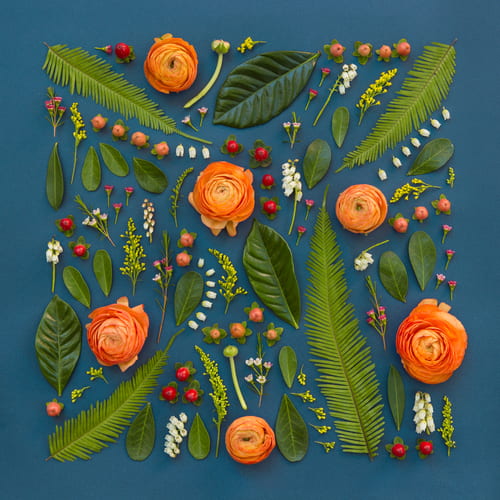
This image caught my eye because of the vibrant color earthy tones. For example, the bright orange matches with the green and white. Also, the combination of different shades of green is good.

I incorporated Barbara Kruger’s style into my work. I could have done better to display her style better by making it look a little more vintage. The feeling I want the viewer to get after viewing this photo is warmth, relaxation and to understand that time flies and you should take in the moment.
These tips are the most important to me because they help you understand what draws the audience attention and what to do or create so that people can connect with your work.
Dear Freshmans,
Photography is a very fun class and Mrs. Cauchon is a nice teacher and is very flexible. You get to learn new things and have fun at the same time. Mrs. Cauchon lets you do almost anything. You go out to shoot photos almost every day.
I like the class because you get to be independent and experience on your own. She also helps you and demonstrates what you have to do. Mrs. Cauchon is also not strict about your phone but does care when she is giving a demonstration. When shooting or editing you get to goof around and mess around with the tools. You also get to be creative and include it in your work.
The work isn’t very hard. You get three assignments every week and need to complete them by Friday. Mrs. Cauchon sometimes extends the date depending on the progress of the class. Try to complete the work on time cause you can get behind on the work. She also takes late work and gives extra credit. Something cool about the final is that you get to create a portfolio of all your work and whatever you want to include, and the best portfolio is given a camera.
Buying a New Camera
Buying a digital camera includes a lot of research depending on the situation. There are many digital cameras to choose from which is why you need to look into it. You need to search different brands, the type of digital cameras, the cost, the size and specifications of the different cameras as well. There are a variety of brands that provide digital cameras each with different or more settings. For example, there brands such as Sony, Canon, Nikon and much more that sell and provide different cameras. There are many cameras better than others or cameras that suit you better and are more cost effective. The camera that I would buy would be a Canon EOS Rebel T8i DSLR Camera with 18-55mm Lens. This camera includes a 24.1MP APS-C CMOS Sensor, DIGIC 8 Image Processor, 3.0″ 1.04m-Dot Vari-Angle Touchscreen, UHD 4K24p Video, and Vertical Video Support. This camera also has a movable or detachable screen. I would choose this camera because of the qualities it has. For example, the camera has detachable screen and is good quality. What I mean by detachable is that it can move around but not come off the camera. I want a camera that is good quality and has a screen that is movable which is what the camera has. The cost is pretty high but cost less than most camera with a movable screen. I chose this camera because the camera has the qualities I wanted in a camera. The cost is probably the most affordable with good quality, many settings, and a movable screen. I chose the brand because it’s a pretty good brand and I have heard a lot of good things about it. The camera also seems like it’s easy to access and it comes with a great lens.